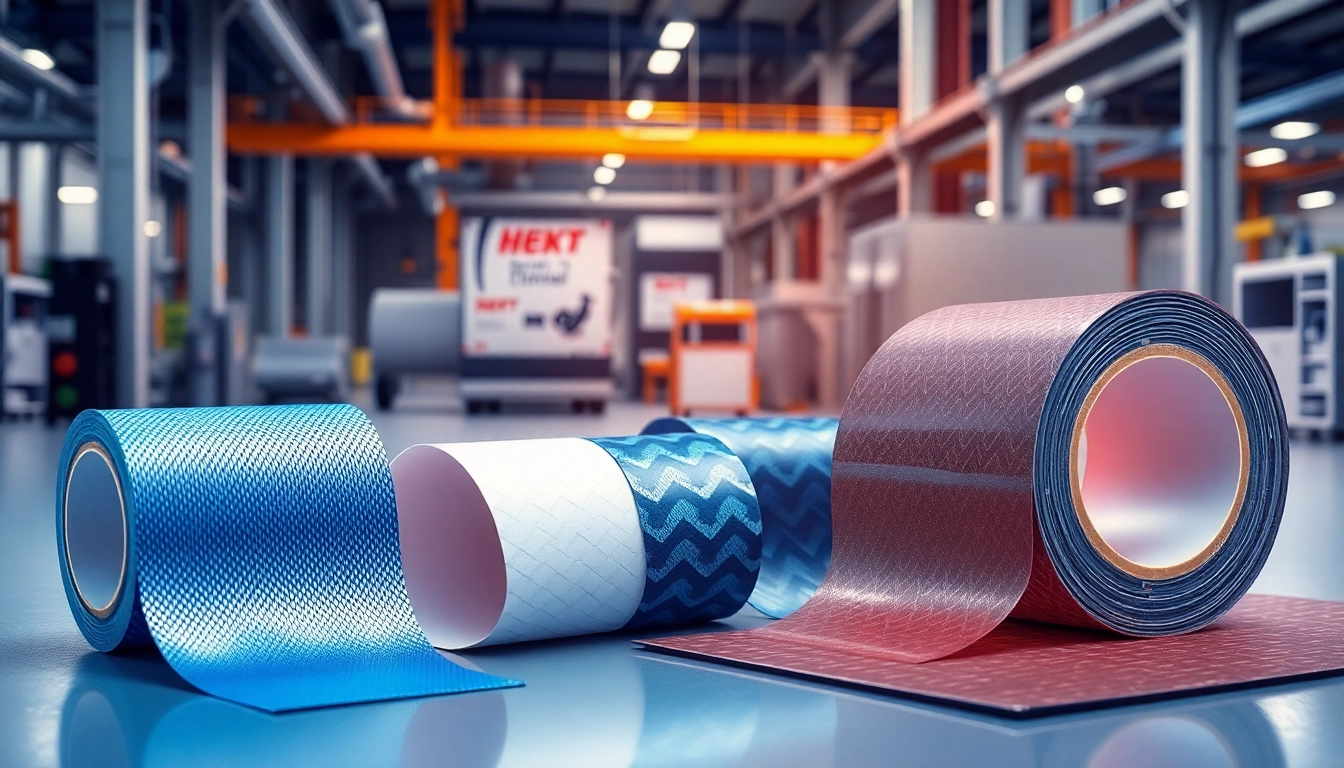Understanding Thermal Management Materials
As electronic devices become increasingly compact and powerful, managing heat within these systems has become a paramount concern for manufacturers and engineers alike. Thermal management materials are critical components in this endeavor, designed to efficiently dissipate heat and protect sensitive electronic components from damage. In this article, we will explore the fundamentals of thermal management materials, their importance in electronics, key types, applications, and practical considerations in selecting and implementing these materials.
What Are Thermal Management Materials?
Thermal management materials encompass a range of products designed to facilitate heat dissipation in various applications. They serve to enhance thermal conductivity between heat-generating components (such as processors and power semiconductors) and heat sinks or environments that can absorb this heat. By improving this heat transfer, thermal management materials help to maintain optimal operating temperatures, ensuring device reliability and longevity.
Importance in Electronics
In the fast-paced world of electronics, the importance of thermal management cannot be overstated. Excessive heat can lead to component failure, reduced performance, and even safety hazards like thermal runaway in batteries. Therefore, effective thermal management is essential not only for performance optimization but also for meeting regulatory standards and enhancing user safety. Additionally, as devices become more power-hungry, effective thermal management solutions contribute significantly to energy efficiency, reducing overall operational costs.
Key Types and Applications
Thermal management materials are used across various sectors, including consumer electronics, automotive, telecommunications, and industrial applications. Specific types of materials include:
- Thermal Interface Materials (TIM)
- Phase Change Materials (PCM)
- Thermal Conductive Adhesives
- Gap Fillers
- Thermal Pads
Each of these materials has unique properties and applications, which we will delve into in the following sections.
Types of Thermal Management Materials
Thermal Interface Materials (TIM)
Thermal Interface Materials are essential for improving the thermal contact between electronic components and heat sinks. TIMs fill the microscopic air gaps and surface irregularities between surfaces, facilitating better heat transfer. Common types include thermal paste and thermal pads.
These materials are particularly vital in high-performance computing applications, where even minute temperature differences can significantly impact performance. For example, modern gaming consoles and high-end GPUs rely on high-quality TIM to maintain operational efficiency during extended usage.
Phase Change Materials
Phase Change Materials absorb heat by changing their physical state from solid to liquid and release it during the reverse process. This characteristic allows them to maintain a stable temperature in electronic devices, which is particularly beneficial for high-performance applications like LED lighting and electric vehicles. Phase change materials are engineered to activate at specific temperature thresholds, ensuring reliable thermal regulation under varying load conditions.
Thermal Conductive Adhesives
Designed for applications where bonding and thermal management are essential, thermal conductive adhesives combine structural integrity with efficient heat transfer. These adhesives are often used in assembling heat-generating components to heat sinks or chassis. They are available in various forms, including epoxy and silicone-based formulations, each tailored for specific environments and temperature ranges.
Choosing the Right Thermal Management Solution
Factors to Consider
Choosing the appropriate thermal management material involves multiple considerations. The primary factors include:
- Thermal Conductivity: This determines how effectively heat will be transferred.
- Material Compatibility: Ensure that the selected materials are compatible with all components involved.
- Application Temperature Range: Different materials can withstand varying temperatures; ensure the one chosen aligns with operational needs.
- Mechanical Properties: Consider factors like shear strength, flexibility, and durability, particularly in dynamic environments.
Performance Metrics
When evaluating thermal management materials, several performance metrics should be considered:
- Thermal Resistance: This is a measure of a material’s ability to resist heat flow; lower values are preferable.
- Thermal Stability: A material’s ability to maintain performance over time, especially under varying loads and temperatures.
- Ease of Application: Assessing the ease of applying the material in the intended manufacturing process is crucial.
- Longevity and Reliability: Ultimately, the chosen solution should withstand the test of time, particularly in critical applications.
Cost vs. Quality
While budgeting is an essential part of any project, it’s important not to compromise on the quality of thermal management materials. Inexpensive materials may seem attractive initially, but they can lead to failures that cost more in the long run. It is crucial to strike a balance, ensuring that the selected materials provide sufficient thermal performance while still being cost-effective.
Installation and Implementation Best Practices
Preparation and Compatibility
Before installation, it’s critical to ensure that both the surfaces and the thermal management materials are prepared correctly. This involves cleaning all mating surfaces to remove dust, oils, and contaminants that could inhibit performance. Furthermore, understanding the thermal and mechanical compatibility of materials through data sheets and testing can help ensure optimal performance post-implementation.
Installation Techniques
The effectiveness of thermal management materials can often hinge on proper installation techniques. Here are some best practices:
- Apply Evenly: Whether using a paste or adhesive, ensure the application is uniform to avoid creating air pockets.
- Follow Manufacturer Guidelines: Always adhere to product instructions for application thickness and curing times.
- Use Proper Tools: Employ tools that suit the form of the thermal management material, such as spatulas for pastes and rollers for pads.
Maintenance Tips
Post-installation, periodic maintenance checks can extend the lifespan and effectiveness of thermal management solutions:
- Inspect Regularly: Check for any signs of degradation or failure, such as cracking or loss of adhesion.
- Temperature Monitoring: Utilize thermal imaging or sensors to monitor operating temperatures and ensure effective heat dissipation.
Future Trends in Thermal Management Materials
Innovations on the Horizon
Innovation in thermal management materials is rapidly evolving, driven by advancements in technology. The future may see the incorporation of nano-materials that promise enhanced thermal conductivity and lighter weights. Additionally, smart thermal management systems using sensors and advanced algorithms to dynamically adjust heat dissipation strategies are on the horizon.
Impact of Technology Advancements
As devices become smaller and more powerful, the demand for advanced thermal management solutions will only increase. Technologies such as 5G and the Internet of Things (IoT) will necessitate robust thermal management materials that can handle higher heat loads in confined spaces.
Environmental Considerations
Finally, sustainability is becoming a crucial consideration in material selection. Future developments may focus on using environmentally friendly materials that maintain performance while reducing environmental impact. Manufacturers are expected to embrace recycled components and production practices that contribute positively to ecological sustainability.















Leave a Reply